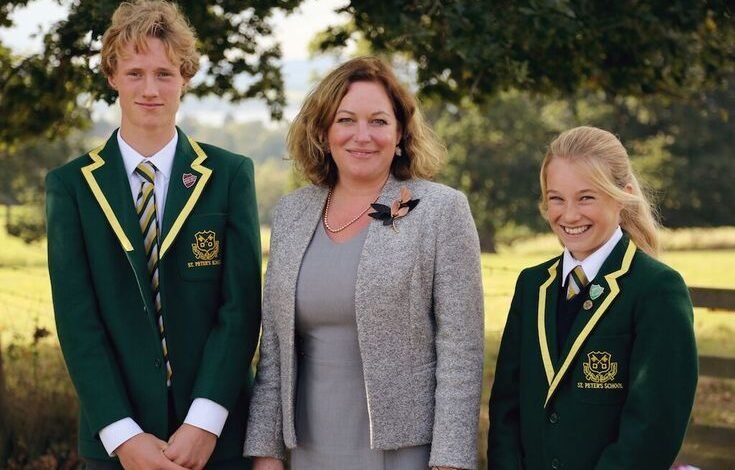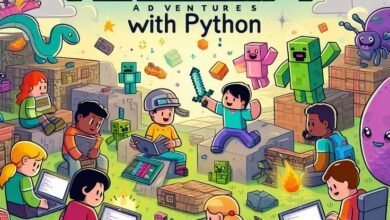Education Reform by Peter the Great: Transforming Russia’s Education System
Education Reform by Peter the Great: Transforming Russia's Education System

Introduction
Russia at the dawn of the 18th century was a land steeped in tradition—its education system firmly rooted in religious teachings, its society largely agrarian, and its mindset often resistant to external influences. Enter Peter the Great, a visionary tsar who sought to propel Russia into the modern era. Peter’s sweeping reforms touched every facet of Russian life, but none were as transformational—or as contested—as his changes in education.
Through this blog post, we’ll explore Peter the Great’s vision for education, the profound impact his reforms had on Russian society, and the lessons we can draw for education reform today.
Peter the Great’s Vision for Education
A Shift from Tradition to Progress
Before Peter the Great’s reign, the Russian education system was primarily theological. Clergymen taught religious doctrines, and the curriculum was strictly limited to preparing individuals for church roles. Secular education was virtually nonexistent.
Peter the Great envisioned something radically different. Inspired by Western European advancements, he firmly believed that a modernized Russia required a populace equipped with practical, scientific, and technical knowledge. His goal? To create a workforce capable of building ships, improving infrastructure, and fostering trade—essentially, skills that would drive Russia toward becoming an economic and military powerhouse.
Establishing a Secular Curriculum
Under Peter’s directives, a new secular education framework began to take shape. Curricula expanded to include mathematics, geometry, navigation, engineering, and foreign languages. He worked to establish specialized schools designed to produce professionals critical to Russia’s modernization efforts.
Key reforms included:
- Creation of Navigation and Mathematical Schools (1701): These institutions trained students in practical subjects like shipbuilding and geography, vital for Peter’s naval ambitions.
- Translation Efforts: Recognizing the importance of knowledge-sharing, Peter authorized the translation of important scientific and technical texts from Western Europe into Russian.
- Military-focused Education: Dedicated military academies were established to provide advanced training for officers in an effort to create a more disciplined and strategic army.
For Peter, education was no longer just about religious instruction; it became a tool for economic advancement and global competitiveness.
The Impact of Peter the Great’s Reforms
Short-term Consequences
Initially, Peter’s reforms faced significant resistance. The Orthodox Church, which historically controlled education in Russia, viewed these changes as an attack on tradition. Additionally, many nobles and commoners alike were skeptical of Western influences, complicating the widespread adoption of these reforms.
Nevertheless, the short-term success of Peter’s educational reforms was evident in the professionalization of certain industries:
- Russia’s navy grew substantially and became a key player on the world stage.
- Engineering and infrastructure projects significantly improved, including the construction of canals and fortifications.
- The foundations for a scientific community began to form, as graduates of Peter’s schools shared their expertise with others.
Long-term Legacy
Peter’s vision laid the groundwork for a more educated and technically skilled society. Over time:
- Russia established a scientific academy (the future Russian Academy of Sciences) in 1724, promoting research in various fields.
- Educational reforms inspired the intellectual awakening that would later lead to the flourishing of Russian literature, philosophy, and science during the 18th and 19th centuries.
- A precedent was set for integrating secular education into national development efforts, a principle that continues to guide nations today.
Peter’s reforms didn’t just modernize Russia in his own century—they catalyzed changes that rippled for generations.
How Does Peter the Great’s Approach Compare to Modern Education Reform?
The challenges Peter faced—resistance to change, balancing tradition with progress, and aligning educational outcomes with societal needs—echo the struggles of education reformers today.
Similarities
- Focus on Practical Skills
Just as Peter prioritized shipbuilding, navigation, and engineering, modern education emphasizes STEM (Science, Technology, Engineering, and Math). Countries strive to equip students with skills that align with workforce demands, much like Peter sought to prepare Russia for industrial and military challenges.
- Global Inspiration
Peter drew heavily on Western European models to inform his reforms. Similarly, countries today look to high-performing education systems like those in Finland, Singapore, or South Korea for inspiration.
Differences
- Access and Inclusivity
While Peter’s reforms primarily targeted nobles and military personnel, modern education reform focuses on inclusivity—expanding access to high-quality education for all socio-economic groups. This is a stark contrast to Peter’s relatively narrow focus.
- Technological Integration
Modern education reform places immense importance on integrating technology, using tools like AI and virtual classrooms to reshape the learning experience. Peter’s era, of course, lacked these innovations, but his emphasis on acquiring technical knowledge remains relevant.
Lessons for Today’s Education System
What actionable insights can Peter the Great’s reforms offer modern educators and policymakers?
- Education as an Engine for Economic Growth
Peter understood education’s direct link to national prosperity. Today, countries striving for economic growth must similarly prioritize curricula that prepare students for the demands of burgeoning industries like technology, healthcare, and renewable energy.
- The Need for Visionary Leadership
Peter’s success stemmed from his uncompromising vision of a modernized Russia. Likewise, impactful education reform today requires leaders willing to challenge the status quo and take bold, innovative steps—for example, global campaigns to eradicate barriers to digital education.
- Cultural Sensitivity in Implementation
While Peter’s reforms encountered resistance, they highlight the importance of balancing the need for change against cultural values. Reforms should seek not to alienate but to build consensus, ensuring newer practices complement rather than entirely replace tradition.
Why Understanding Education Reform Matters
Peter the Great’s commitment to transforming Russia’s education system is a powerful reminder of the pivotal role education plays in shaping society. His efforts remind us that reforms require patience, persistence, and bold ideas—but the rewards can be extraordinary.
Today, as we continue striving for inclusive, innovative, and effective education systems, Peter’s legacy provides both inspiration and practical lessons. His reforms may have been designed for 18th-century Russia, but their spirit—the belief that education can transform nations—remains timeless.
Share Your Voice!
Do you think modern policymakers could adapt Peter the Great’s strategies for today’s education challenges? What lessons resonate most with you? Share your thoughts in the comments—or reach out to learn more!



